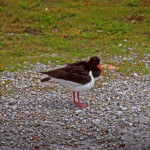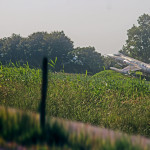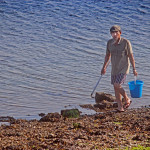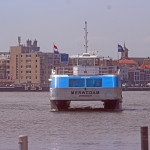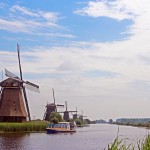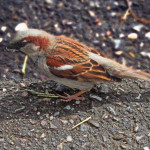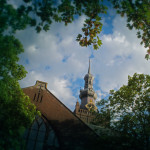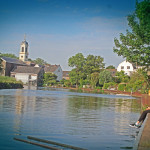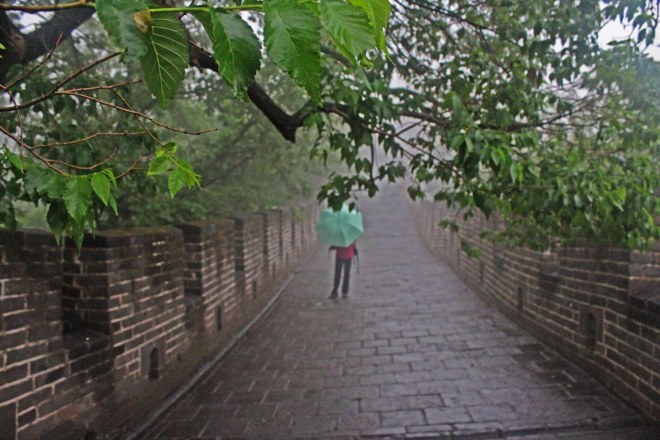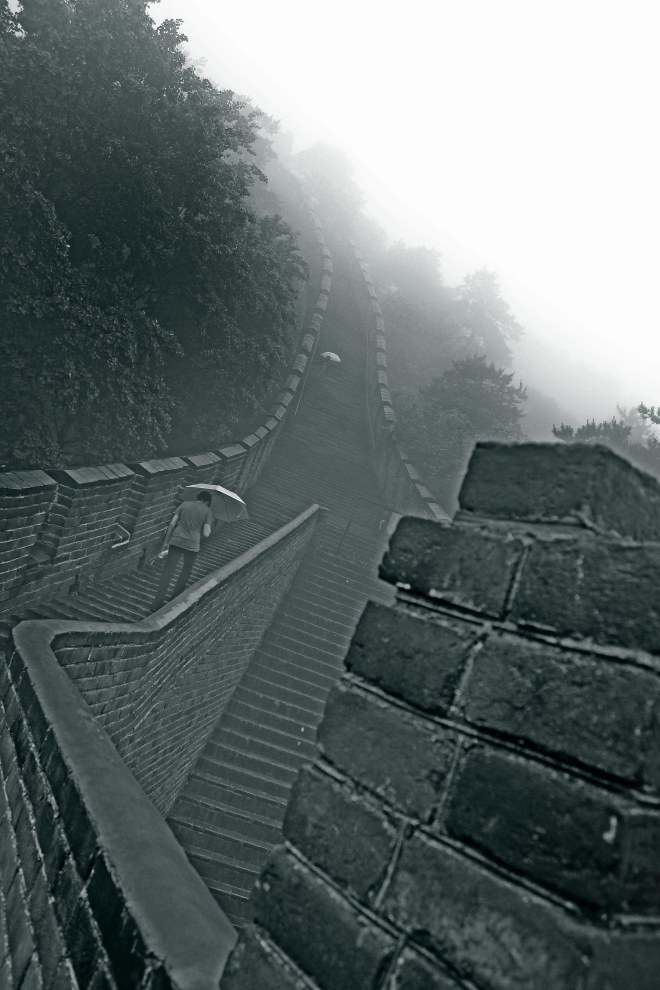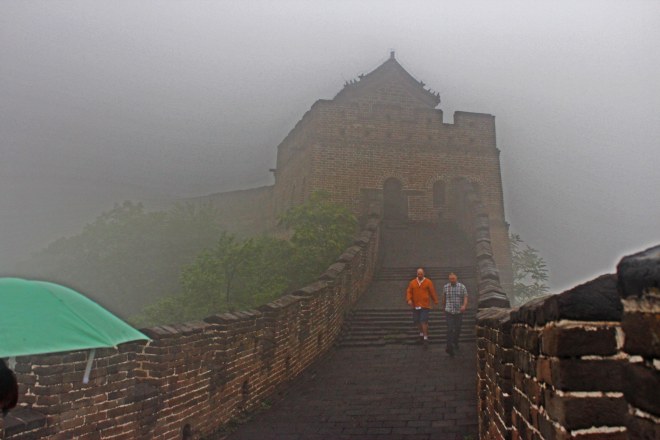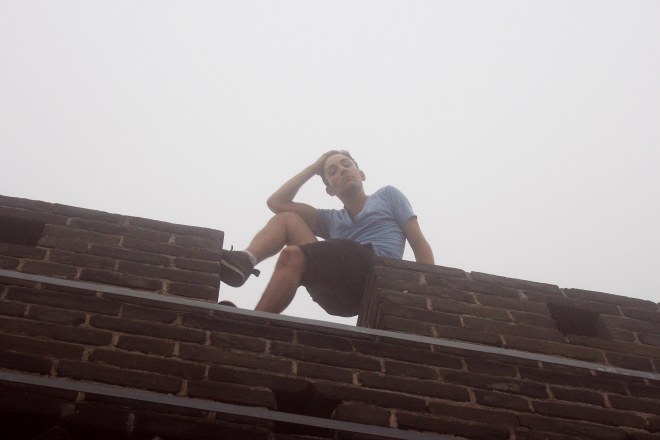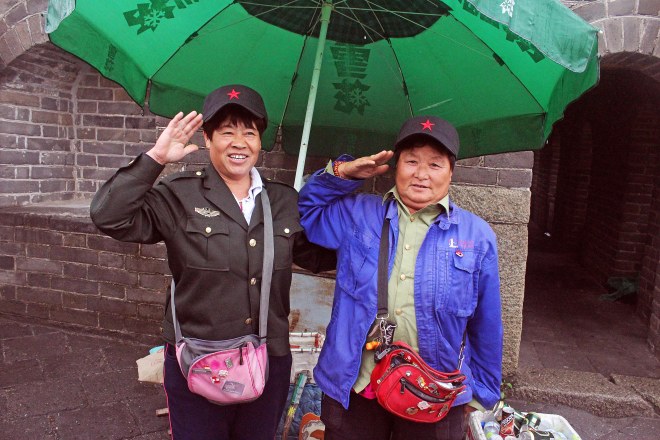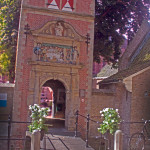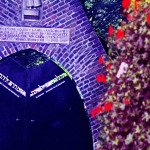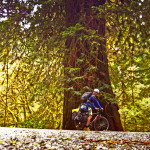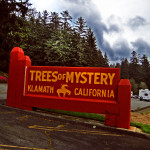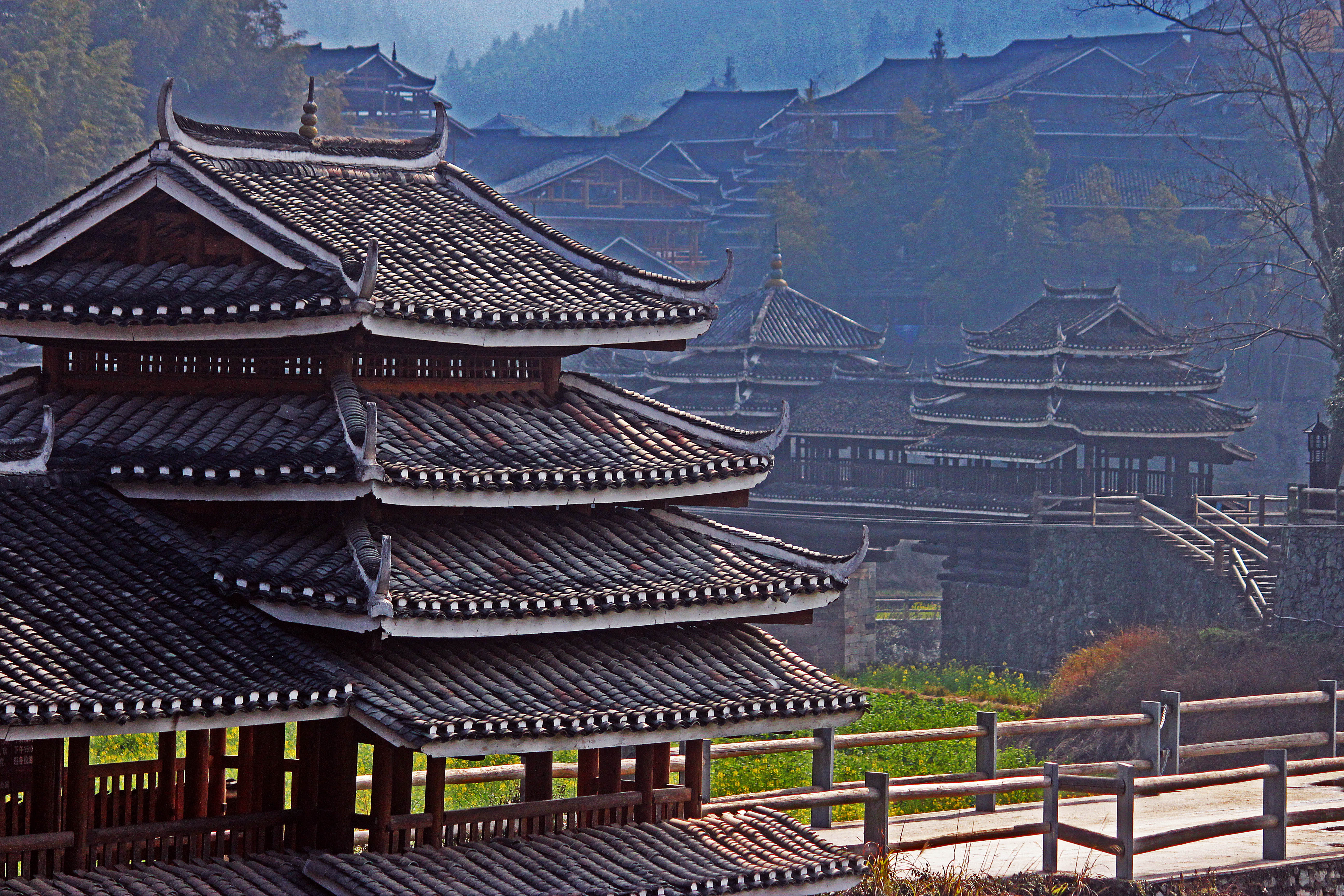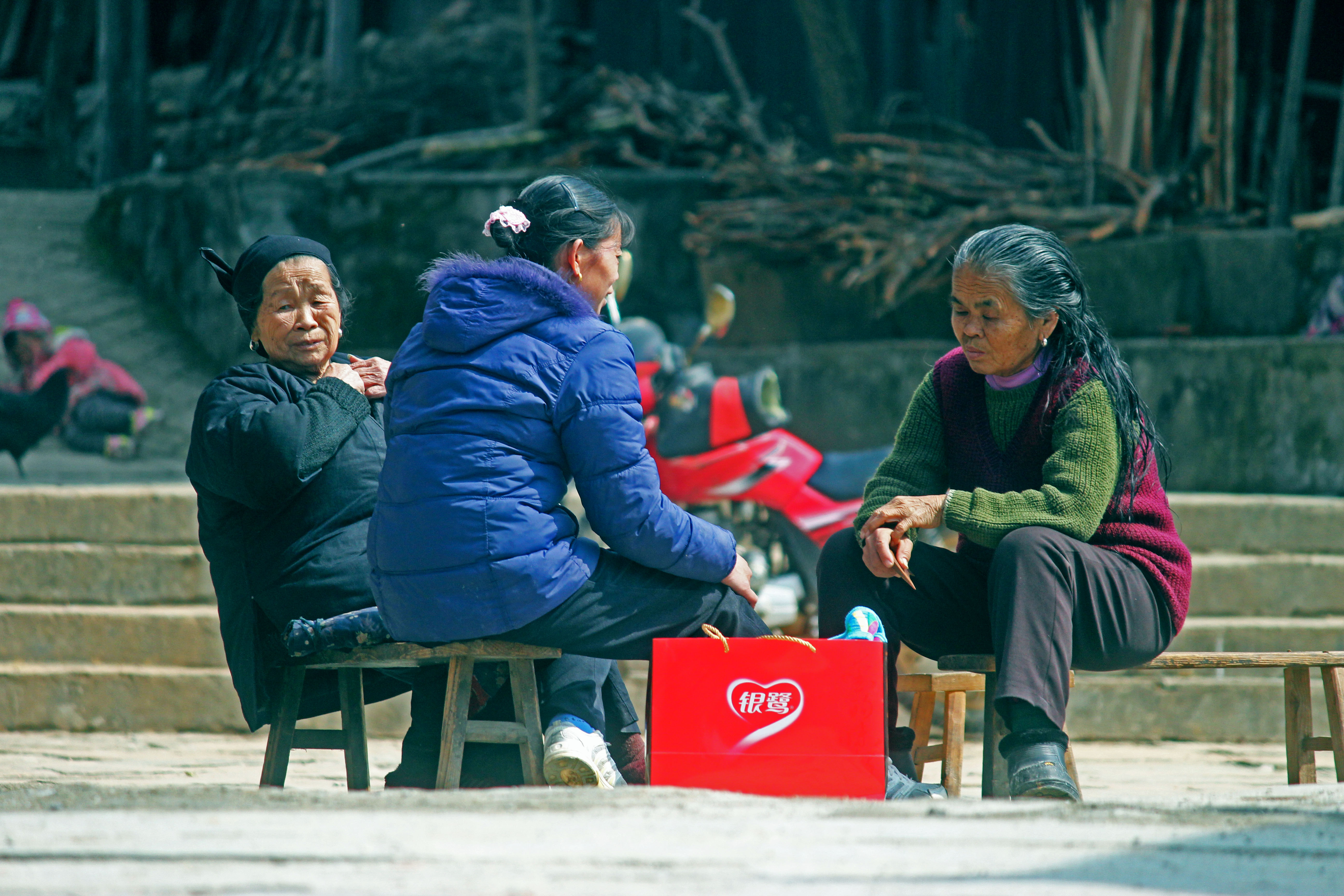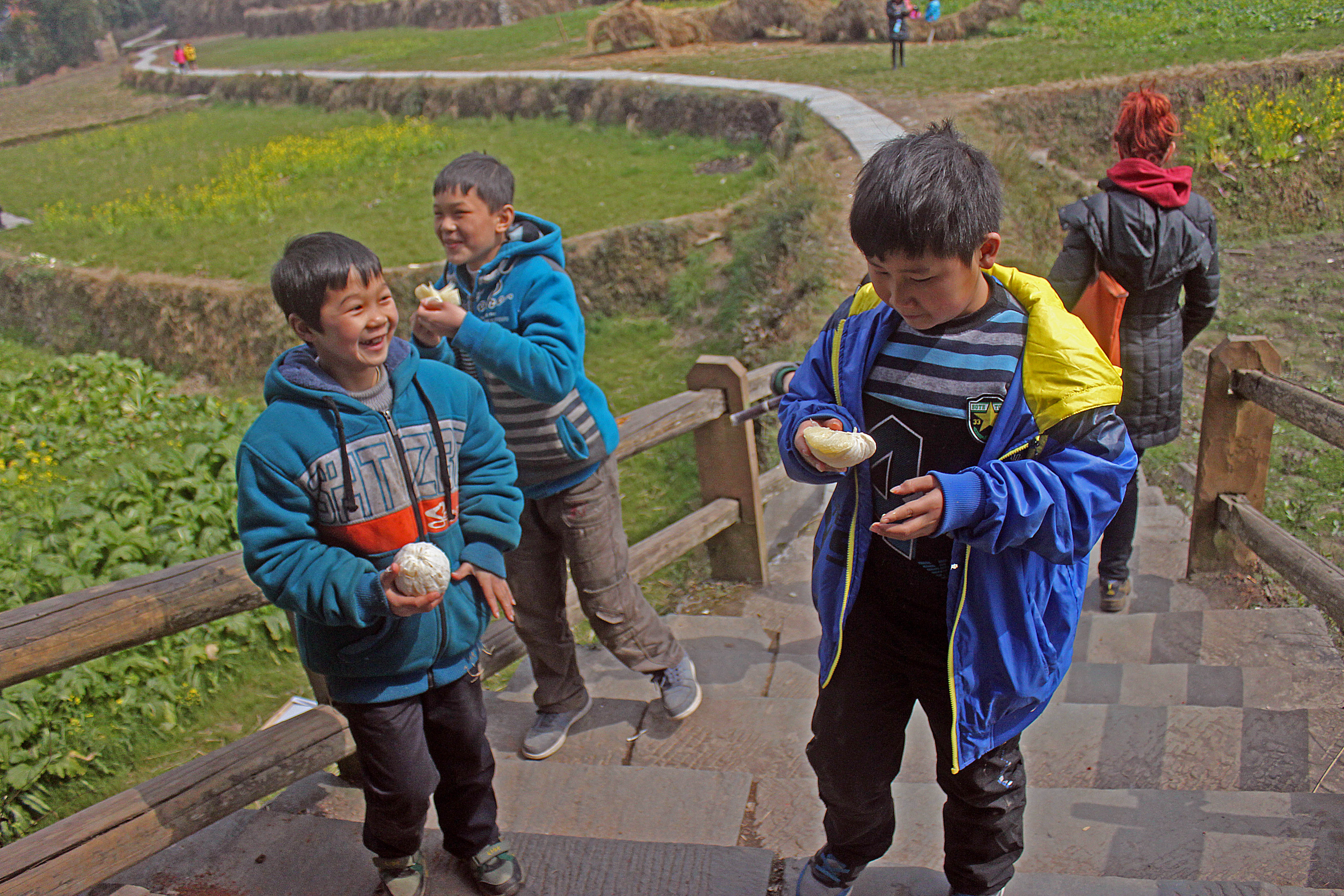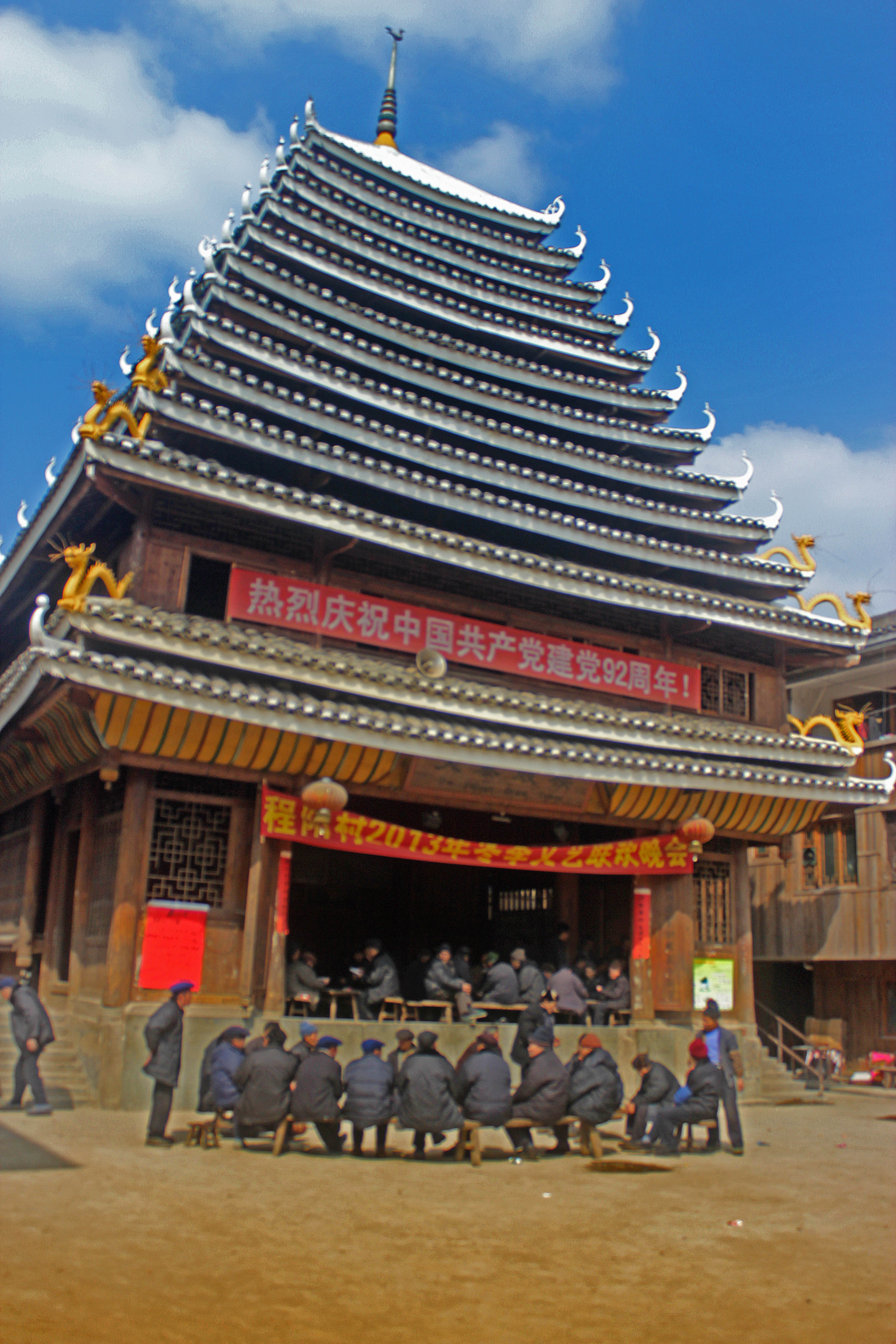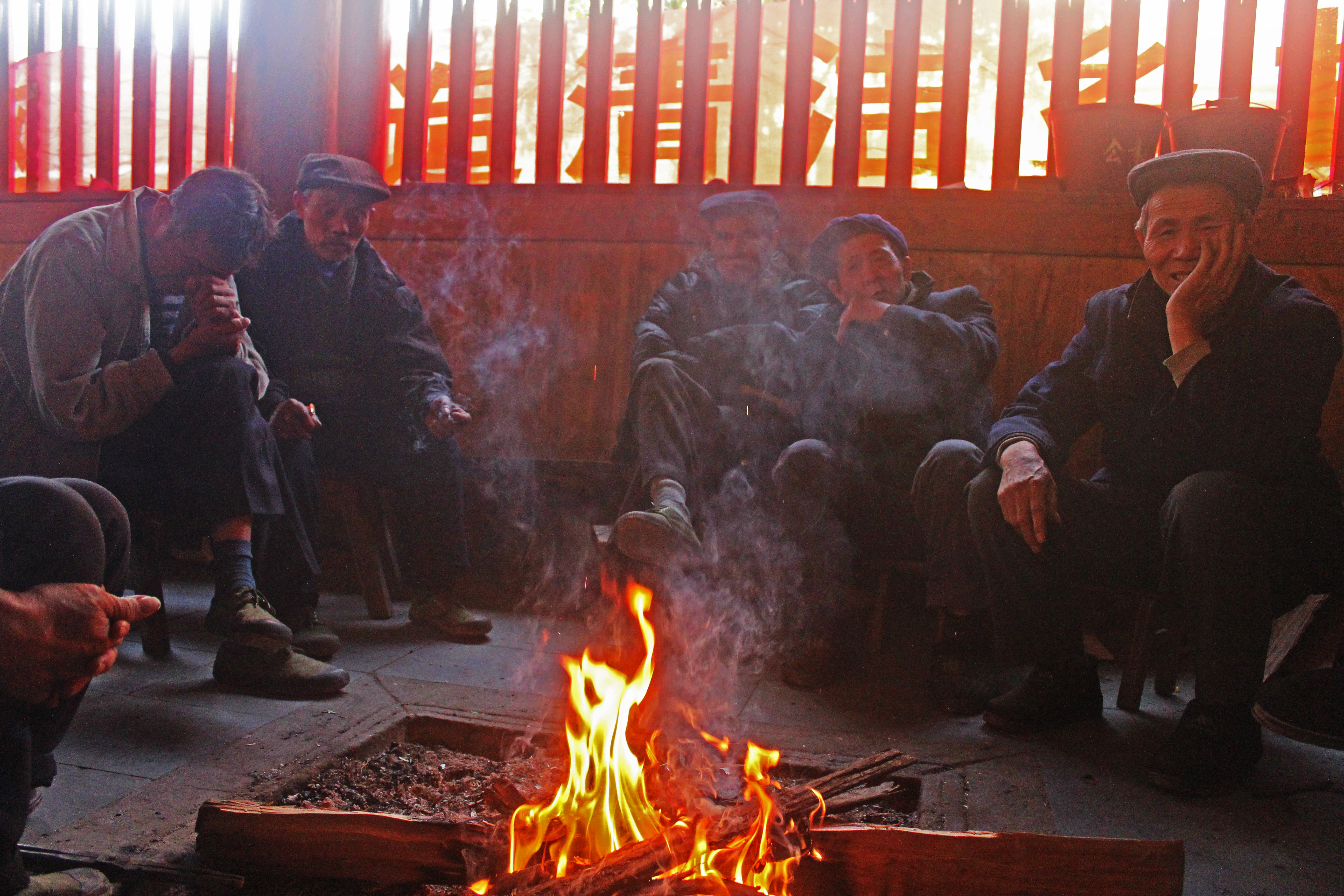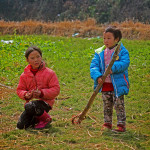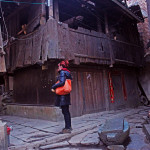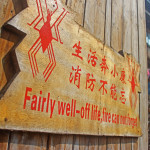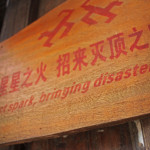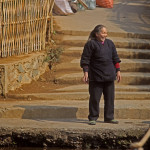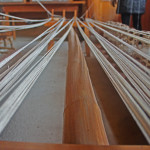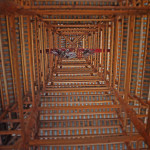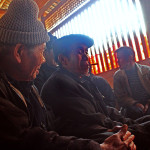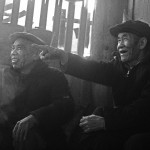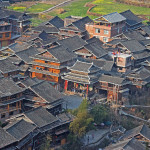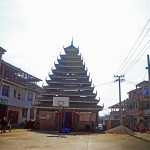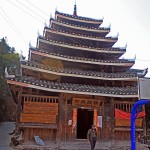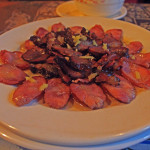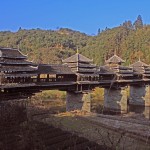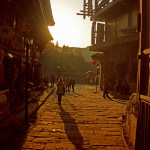There is only so much you can prepare and read up on to cycle around the world. The preparation comes in the form of amassing enough bicycle and survivor knowledge to make it through the rougher, more isolated patches of the tour, being attuned to quick fixes, work arounds and just knowing of the very possibility of being stranded with your loyal, two wheeled steed. Reading provides additional knowledge about these dire times on the road, but also acts as sort of a harlequin novel, a steamy romance, a fantastical exposé brimming with exoticism. It never seems real, even when there are people I know in the publication’s pictures, people I have met amidst the journey that I now read about.
So there is a gap in reality, an unfathomable, and unpreparable amount of possibilities that precariously latch on to a “world cycling tour”. These “what ifs” hit me like a cacophony of screaming voices, naysaying that this as a great idea, doubting it’s logic, tearing it apart like it was a carcass, and each melancholic tone was a ravenous hyena. Some of the voices are real, as in, they are real people telling me of their fears of what is to become of me. Some of the voices are deep inside of me, concerned for my own soundness of mind and safety. My biggest fears of the road are as follows.
Robbery
On my 2010 tour from Amsterdam to Istanbul I experienced this. Two Bulgarians beat the shit out of me in Svilengrad. In the end, they only got a pair of battered sunglasses and I was able to ride through Greece and into Turkey the next day. My fear is what if it had had a less pleasant outcome? What if they had had weapons that they simply didn’t just carry for brandishing purposes? I know that being robbed and hurt is always a possibility, even in my own city, but especially when I travel to countries where I appear to be an anomaly, associated with the wealthy Western hemisphere, simply due to my leisure form of travel and the colour of my skin. I have theorized how I will try to avoid this from the get go. Again, if anyone has better alternatives, please chime in. First is to camouflage the bicycle. I don’t care about its appearance; just it’s condition and functionality. Scratching it, smearing paint on it, dinging it a bit, may draw less attention to it as a shiny, new bike and that it’s owner is financial well off. Growing out my hair, both on my face and head, may also give myself the appearance of a gruff vagrant, a drifter, as opposed to a bike tourist who has a Gopro Camera, computer and plethora of other gizmos and gadgets on his person. Finally, I plan to carry an additional wallet on me, that only contains a few dollars and possibly some expired cards. My theory is, that as long as I present the robbers with something and that in the heat of the moment, they think that is all I have, they may take it and let me go along my merry way.
Violence
As quick as a spark from flint, civil disorder, violent upheaval and run-amuckery can explode in any corner of the earth. Tensions can lead to sweltering results and my fear is that I get unknowingly entrapped in a situation, which puts me face to face with blind and jaded violence, that takes aim at anything moving in it’s general vicinity. There is no way to avoid this unforeseen problem, asides from keeping my ear to the road, asking locals about each step of the journey, keeping abreast of any reports and/or rumors and being flexible to change my plans at a moment’s notice. There are certain countries that have been built into my Eurocentric mentality to fear. A large part of this journey is to reconsider these fears and if they are built upon generalized fiction or appalling truths. Yet, they still remain fears, that no matter how much blunt logic stands against them, like the peak of a rollercoaster, the thought of them, makes my skin clammy, my breath pick up, my heart run a marathon.
Natural Obstacles
Cyclists die all the time and aren’t found for months due to the remoteness of their final resting places. The human body can only endure so much starvation and exhaustion, before turning on itself, shutting down specific faculties, breaking down tissue, trying to protect and feed the brain and heart from finally giving out. Sorry for the details, but I am scared of these places, scared that my bike knowledge will suddenly escape me and I will stranded with a broken bicycle in the middle of a desert or on the very top of a barren mountain with not a sign of life for a thousand kilometers in each direction, snow spilling out of the guts of the cloudy skies above. I am trying to avoid this by compiling a “Bikes for Dummies” guide for myself, both as a digital and physical copy, in case I run out of electricity and/or my solar panels are dead or broken. Each plan has a backup plan, so if A doesn’t work, or B, C will definitely work. I am trying to cover all my bases to avoid, peaceful nature, turning into maleficent natural disaster. I plan to switch out gear when I come to the big cities, because as the weather and the terrain changes, it will require a different approach to each aspect of road life. A tent will be needed instead of a hammock, a cover slip will be replaced by a thick sleeping back, thin and wiley tires, will be replaced with ones with ultimate traction. Again, being practical and unheroic about each step, will avoid any nasty surprises when I realize I didn’t bring the appropriate tools for this specific leg of the journey. Also not being an idiot and heading into nature without knowing what I am to be looking forward to, is probably a safe bet to avoid disastrous foolhardiness as well.
Religion
A simple tattoo, if revealed, may sway people’s entire perception of me. When I was 17, I got my first ink on my left shoulder, in memory of my grandfather. The Hebrew writing, reads Shlomo, and in fine small cursive below it reads “home again, home again jiggidy jig” from the nursery rhyme about the pigs, a phrase that he use to sing song mutter under his English Leather scented breath when we returned home. I am worried that if people see the tattoo, they may simply dislike me due to our religious differences and the assumptions they associated with Judaism. I am not religious in the slightest, nor care to divulge to people my opinions about a homeland, that I have no connection to. When I think it is necessary, I am not ashamed to hide the tattoo and with it, my Jewishness. My role, as a visitor to other countries, is not to antagonize nor question. It is simply to visit, to learn and to listen. Politics and religion, as dividing markers are the ultimate measurements of stubbornness and unwillingness. Let’s talk about history, trees, laughter, a world of other things that do not ultimately pit one against another.
It will be a nerve racking, yet adrenaline pumping three years and part of my safety net is knowing that you read this and are along with me every step of the way. The Kerouac inside of me sees this writing as the ultimate testimony of my existence and tracks my process, physically and mentally, as I am subjected to struggles and victories each day. The mama’s boy inside me, smirks at my self deification and sees these words as more as a pinpoint on a map, that if I go radio silent (or blog silent), my mother can start her search for her only son. Yes, it’s morbid, but that’s just the delicate, high wire act that is this so called life. Oh yeah, and deportation/visa problems. Those suck as well, but since I have experience with them, which is a long winded tale for another time, I am more annoyed than scared of them. Being able to laugh off shit, is also an important tool. Shit will happen, it’s my reaction and lasting impression that will truly mar and heighten my tours.
Make sure to follow, like and more importantly add your suggestions to the forums for the WORLD TOUR, continentforums.wordpress.com
Sincerely,
Ira – Misguided Guide of Cycling the World
- Bar in Beverly.
- Glass of the Minster of Beverly.
- Ferry from Zebrugge to Hull.
- Seven Dwarfs themed Pancake Place, Middelburg.
- Pancakes in Middelburg.
- The late-gothic town hall of Middelburg is situated at the market of Middelburg, Zeeland. It is considered[by whom?] one of the finest gothic buildings in the Netherlands. Construction began in 1452 and was supervised by several generations of the Flemish family of architects Keldermans. Construction was completed in 1520, the town hall received a facade with gothic windows, red-white shutters, smaller turrets and twenty-five statues of Zeeland’s counts and countesses. The building has one main tower, which the Middelburgers call ‘Malle Betje’. This mocking name comes from the fact it used to run behind the town’s other clock tower, the ‘lange Jan’. A meat-auction or ‘meathall’ used to be situated in the building, which had a separate entrance. Whereas the town hall itself is still used for weddings, since 2004 it’s spaces are in use by the Roosevelt Academy, the local college. The former meat hall has been in use as an exhibition space for the SBKM since 1980.
- New friend along the journey.
- Random Plane somewhere in Western Netherlands.
- Seaweeding?
- Kinderdijk -Kinderdijk is a village in the Netherlands, belonging to the municipality of Molenwaard, in the province South Holland, about 15 km east of Rotterdam. Kinderdijk is situated in a polder in the Alblasserwaard at the confluence of the Lek and Noord rivers. To drain the polder, a system of 19 windmills was built around 1740. This group of mills is the largest concentration of old windmills in the Netherlands. The windmills of Kinderdijk are one of the best-known Dutch tourist sites. They have been a UNESCO World Heritage Site since 1997.
- more friends
- Outside of Rotterdam

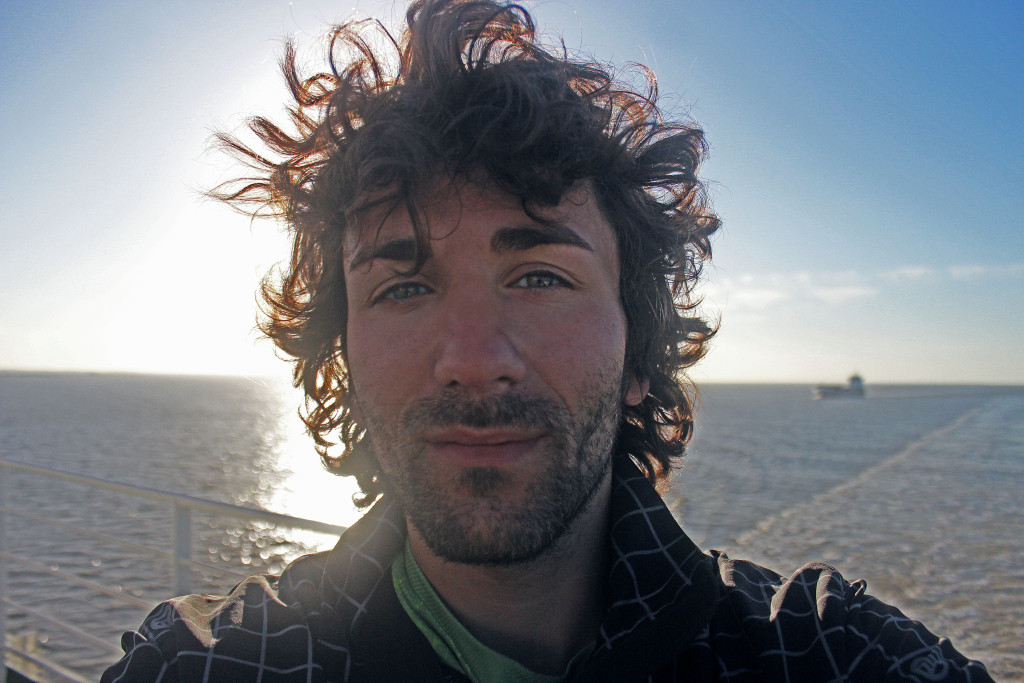
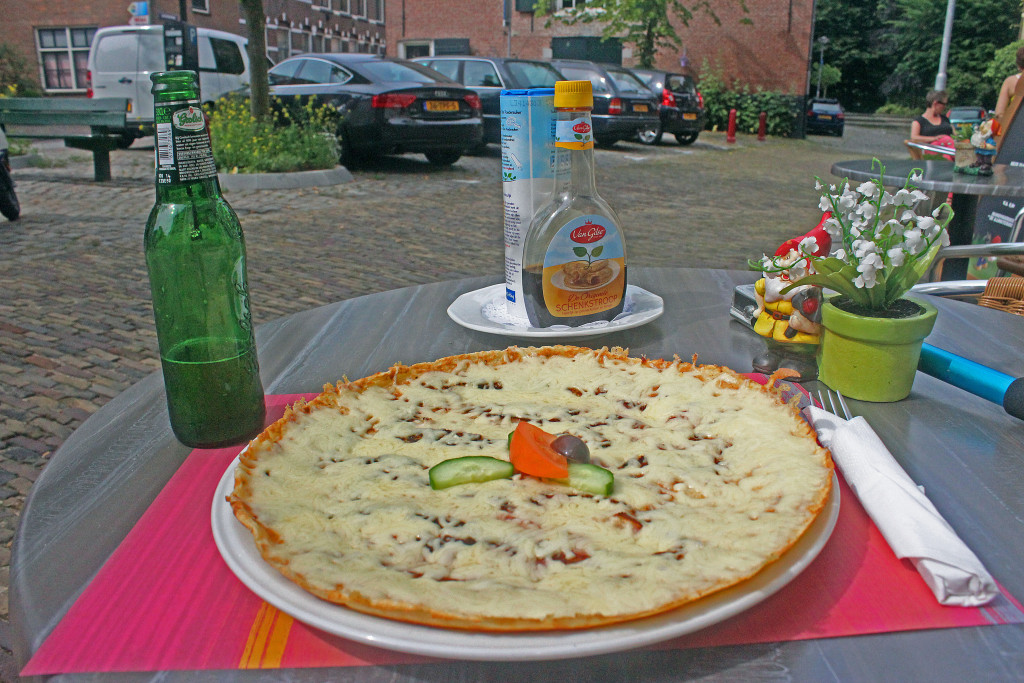

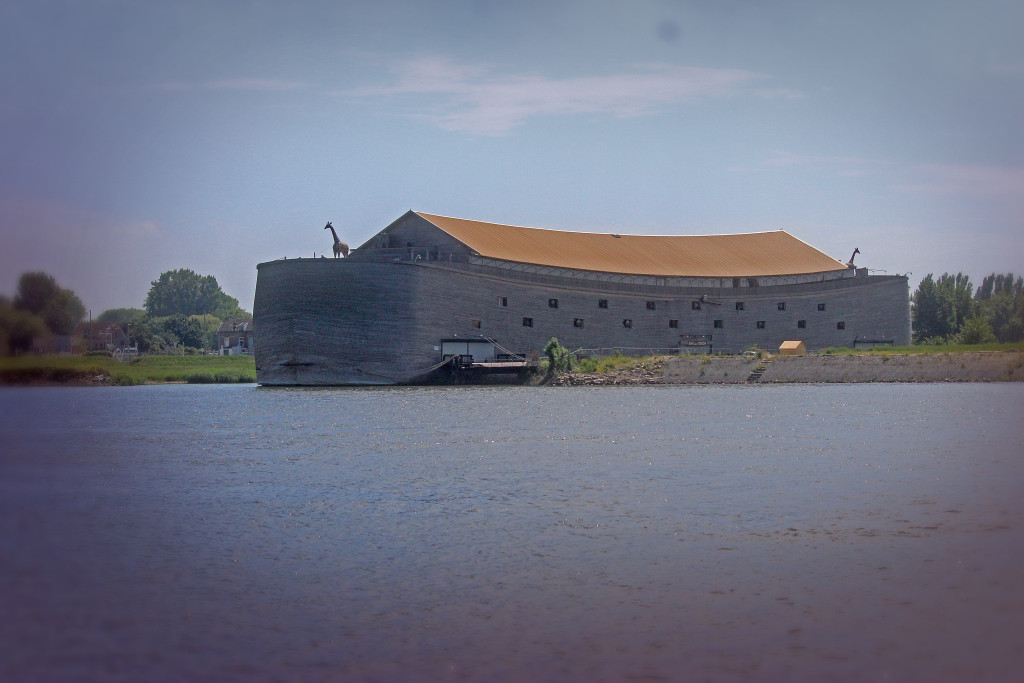
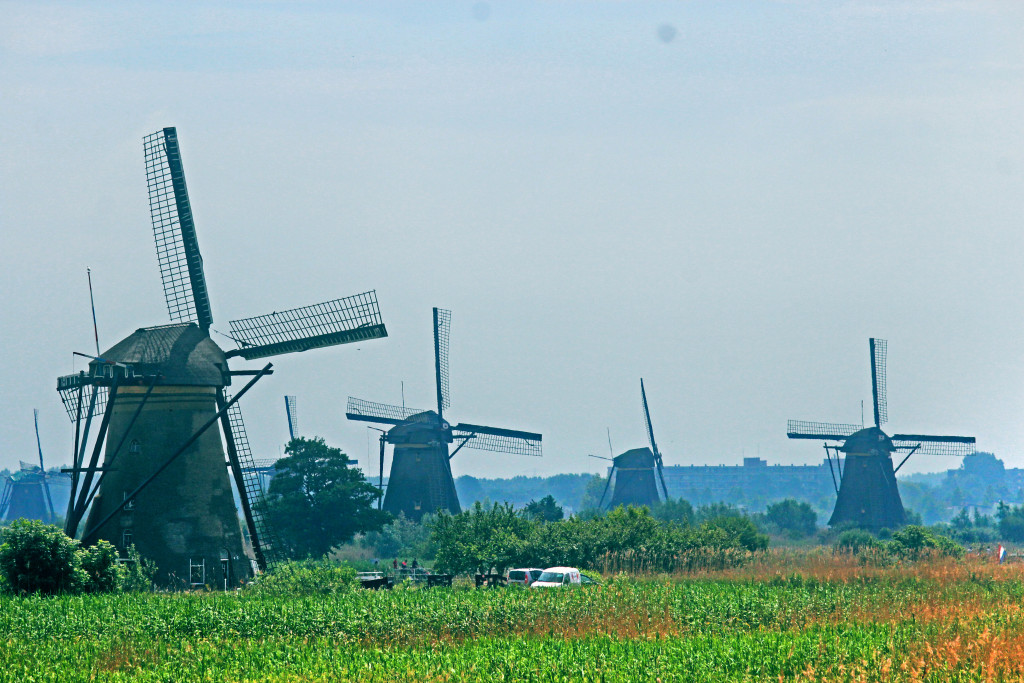
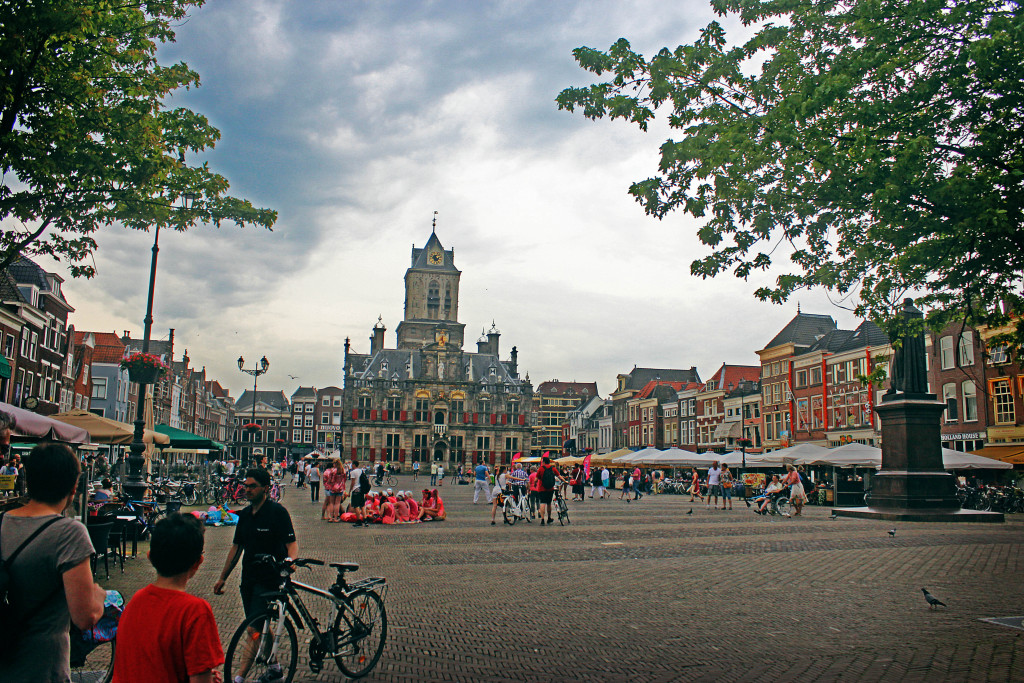
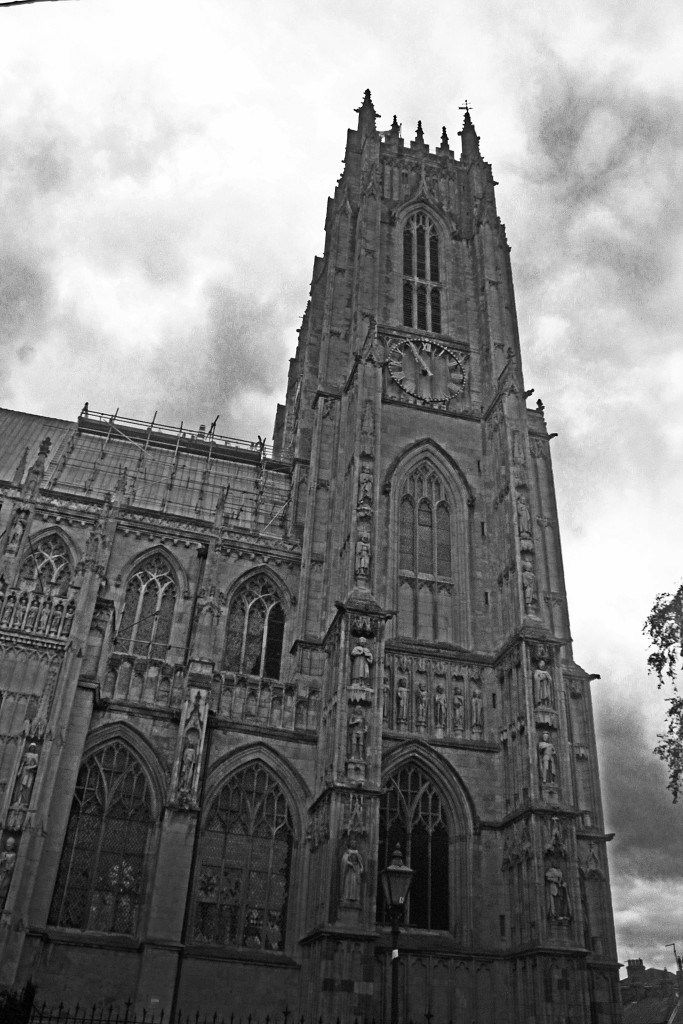
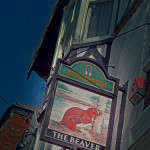
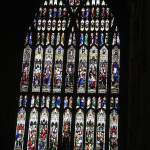

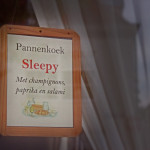
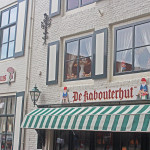
![The late-gothic town hall of Middelburg is situated at the market of Middelburg, Zeeland. It is considered[by whom?] one of the finest gothic buildings in the Netherlands. Construction began in 1452 and was supervised by several generations of the Flemish family of architects Keldermans. Construction was completed in 1520, the town hall received a facade with gothic windows, red-white shutters, smaller turrets and twenty-five statues of Zeeland's counts and countesses. The building has one main tower, which the Middelburgers call 'Malle Betje'. This mocking name comes from the fact it used to run behind the town's other clock tower, the 'lange Jan'. A meat-auction or 'meathall' used to be situated in the building, which had a separate entrance. Whereas the town hall itself is still used for weddings, since 2004 it's spaces are in use by the Roosevelt Academy, the local college. The former meat hall has been in use as an exhibition space for the SBKM since 1980.](http://pedaleachmile.com/wp-content/uploads/2015/07/e27-150x150.jpg)
